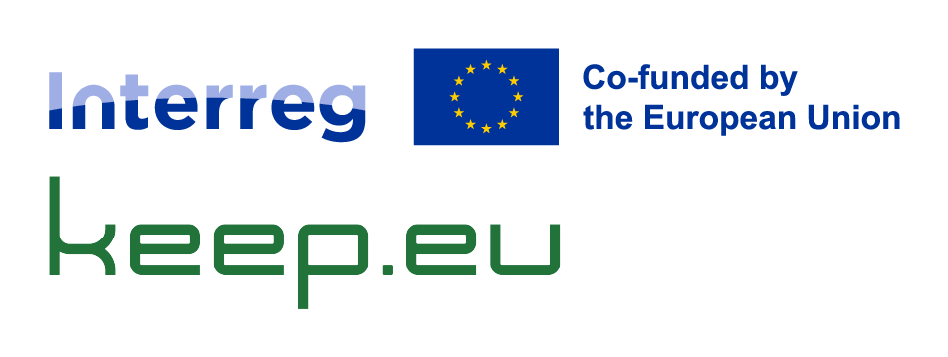Description (EN): There is a great deal of attention today to climate-adapting our societies in order to face dramatic societal consequences as a result of climate change. These include, for example, coastal protection under the influence of sea level rises and increasingly extreme weather. At the same time, there is also a critical need for climate-adapting our nature and biodiversity protection to avoid the collapse of ecosystems and their community services. These two considerations may in many cases seem to be difficult to reconcile, but the solutions to the climate and biodiversity crises are, in reality, each other’s prerequisites. Biodiversity in aquatic environments (blue biodiversity; diversity at ecosystem, species, population, gene and function levels) in the Kattegat-Skagerrak region is under great pressure from the combination of climate change and factors such as pollution, nutrient load and fishing. We therefore urgently need to understand the role of biodiversity in the resilience (resilience) of ecosystems to climate change and to develop the tools to ensure sustainable solutions to the biodiversity crisis during climate change. For example, heat waves have increased mortality in eelgrass and seaweed forests, which are important for biodiversity, coastal protection and carbon sequestration. Coastal fish stocks are rapidly declining in several areas, and both drainage of watercourses in connection with drought and brownification due to drainage of freshwater after heavy precipitation pushes biodiversity, and oxygen depletion has a critical negative impact on marine ecosystems. There has been increased focus on combining habitat restoration and the enhancement of local populations, both for biodiversity and coastal protection purposes. Restoration of eelgrass meadows and shellfish banks as natural habitats, but also physical structures for land and coastal protection, such as rock reefs, dykes and locks, can have both positive and negative effects on biodiversity, as well as restoration of watercourses and seafood releases can affect the diversity of natural ecosystems differently according to the approach used. Climate change also leads to ecosystem changes in the form of invasive, alien and new species. Examples are Pacific oysters, who in some areas are now the dominant shellfish in the Kattegat-Skagerrak, while the migratory mussel in several places has caused major changes in freshwater ecosystems. Invasive species often create challenges for management, but potentially also opportunities in the form of new resources that can be exploited locally. In the Kattegat-Skagerrak region, there are two main challenges in terms of ensuring climate-adapted biodiversity protection. On the one hand, completely new tools are required to work on biodiversity protection and exploitation in practice, as current methods are poorly focused on ecosystem response and resilience to climate change. In addition, there is a need for increased cooperation, knowledge sharing and coordination across national borders, as challenges are shared across borders, while management and implementation are typically carried out in isolation at national or even local level. At BlueBioClimate, we create the basis for a completely new climate-adapted nature management of blue biodiversity by developing new tools that can be used for climate proofing of our biodiversity protection. We work in close cooperation with the national and regional nature management authorities. Overall, we focus on three areas of relevance for green transition:
1. Prioritisation and spatial planning,
2. Restoration, land and coastal protection and
3. Invasive, alien and new species. Together with the new tools, a strategy for anchoring government cooperation on climate-adapted biodiversity protection across borders is also being developed to promote implementation in the future nature monitoring and management.
Read more


